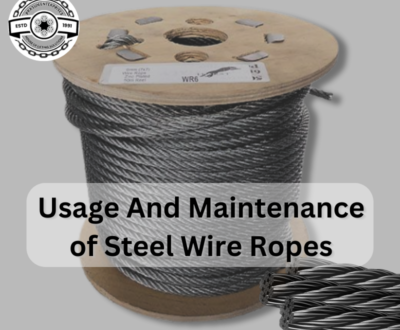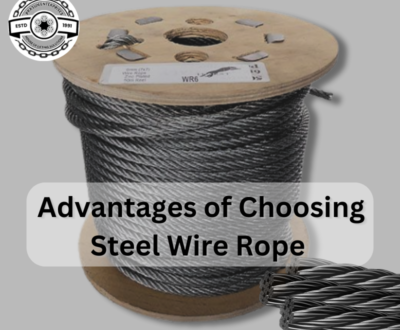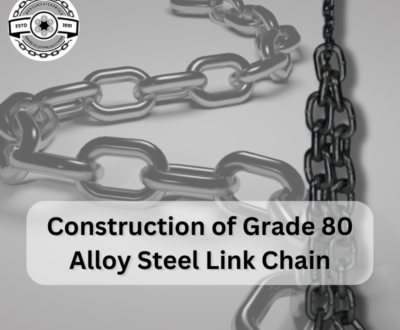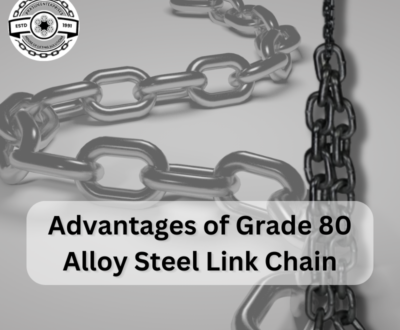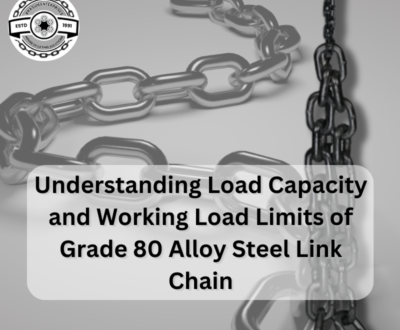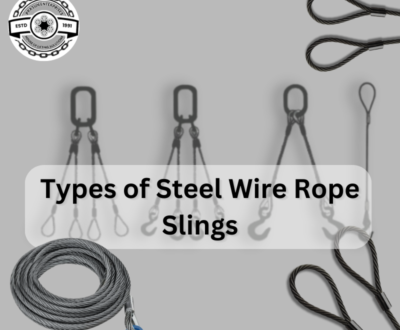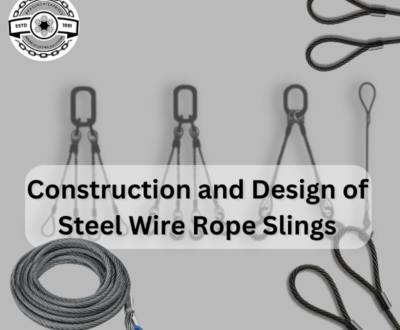
Wire rope development may be a complex preparation that includes different components, counting strands, wires, and the lay direction, all of which contribute to the rope’s overall execution. In this blog post, we’ll dive deeper into the art and science of Construction of Steel Wire Rope, shedding light on what makes these ropes so dependable, flexible, and irreplaceable.
Wire ropes are like strong, flexible cables made of smaller wires. These smaller wires are twisted together in bundles called strands. The way these strands are twisted and the number of wires in each strand affect how the rope performs.
Construction of Steel Wire Rope:
Strands
At the center of any wire rope is the concept of strands. Strands are basically bundles of individual wires twisted together to form a single, larger unit. The number of strands in a rope can change, and each strand itself consists of different wires. The arrangement of these strands plays a significant part in deciding the rope’s properties.
Single-Layer Strands : In a single-layer strand, the wires inside the strand are organized side by side. These strands are known for their flexibility and are frequently used in applications where twisting fatigue resistance is essential. Single-layer strands are commonly found in wire ropes used in lifts and cranes.
Multi-Layer Strands : In multi-layer strands, the wires are arranged in two or more layers. This design offers higher smash resistance and is regularly used in applications where the rope may come into contact with harsh surfaces or heavy loads. Multi-layer strands are regularly used in mining and construction.
Wires : The Building Blocks of Strands
Wires are the individual components that make up strands, and they are ordinarily made from high-quality steel. The number of wires in a strand can change broadly, depending on the development and planning utilization of the rope. A higher number of wires generally comes about in greater flexibility but may sacrifice some smashing resistance.
For example, a wire rope with many small-diameter wires in each strand is known as a “seale” development. This type of construction offers great flexibility and is appropriate for applications like slings and winch lines. On the other hand, wire ropes with less, larger-diameter wires in each strand are called “Fellah” development. These give superior smash resistance and are utilized in applications where the rope may experience rough surfaces or heavy loads.
Lay Direction : The lay direction refers to the direction in which the strands are turned to create the wire rope. This direction can be either “right” or “left,” and it plays a significant part in the rope’s overall characteristics.
Regular Lay : In a standard lay wire rope, the wires inside the strands are twisted within the opposite direction to the way the strands are twisted together. Standard lay ropes are known for their flexibility and are regularly used in applications where bending weakness could be a concern.
Lang Lay : In a lang lay wire rope, the wires inside the strands are twisted within the same direction as the way the strands are twisted together. Lang lay ropes tend to offer superior resistance to smashing and are used in applications where wear and tear are more critical concerns.
Core : In numerous wire ropes, particularly those used in heavy-duty applications, a core is included to supply basic stability and support. The core can be made of different materials, including fiber or wire. The core contributes to the general quality and stability of the rope, especially in multi-layer constructions.
Counting Strands, Wires, and the Lay Direction completes the construction of Steel Wire Rope
The Final Product :
The combination of strands, wires, lay direction, and core results in a flexible and dependable steel wire rope, capable of taking care of diverse tasks and persevering unforgiving conditions. Wire ropes discover applications in countless industries, extending from lifting and rigging in development to lifting in mining, and even guiding elevator systems in high-rise buildings.
It’s essential to recognize that selecting the correct wire rope development is not a one-size-fits-all process. Each application has one of a kind requirements and demands, and selecting the appropriate development is significant to ensuring security and performance.
More from our blog
See all postsRecent Posts
- Applications of Chain Pulley Blocks November 9, 2023
- Comparing Webbing Slings to Lifting Gear November 9, 2023
- Advantages of Webbing Slings November 9, 2023

